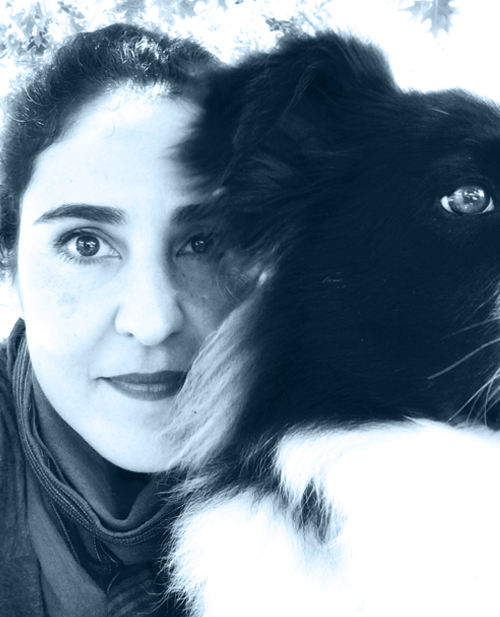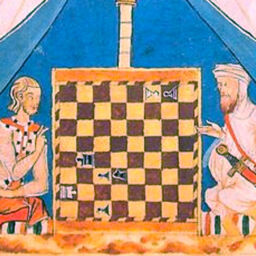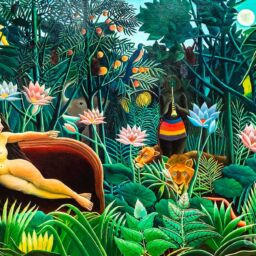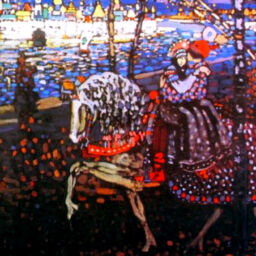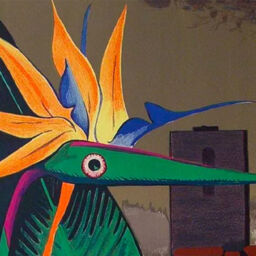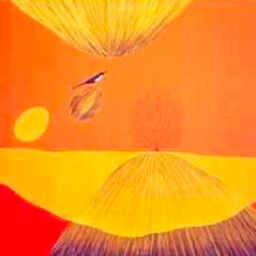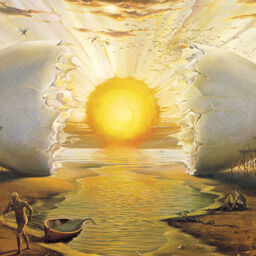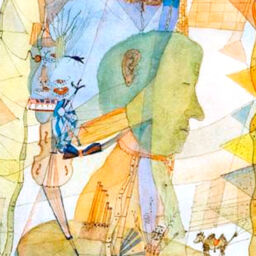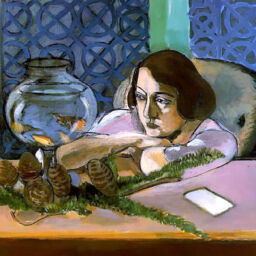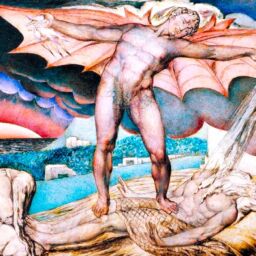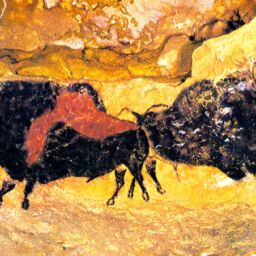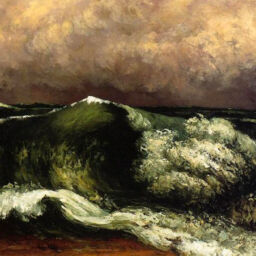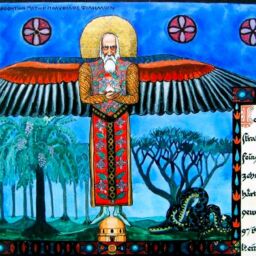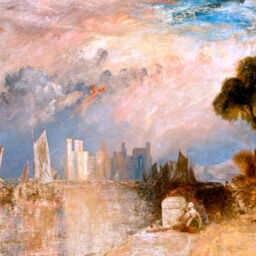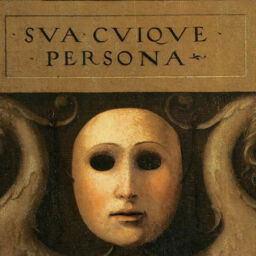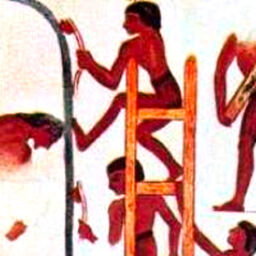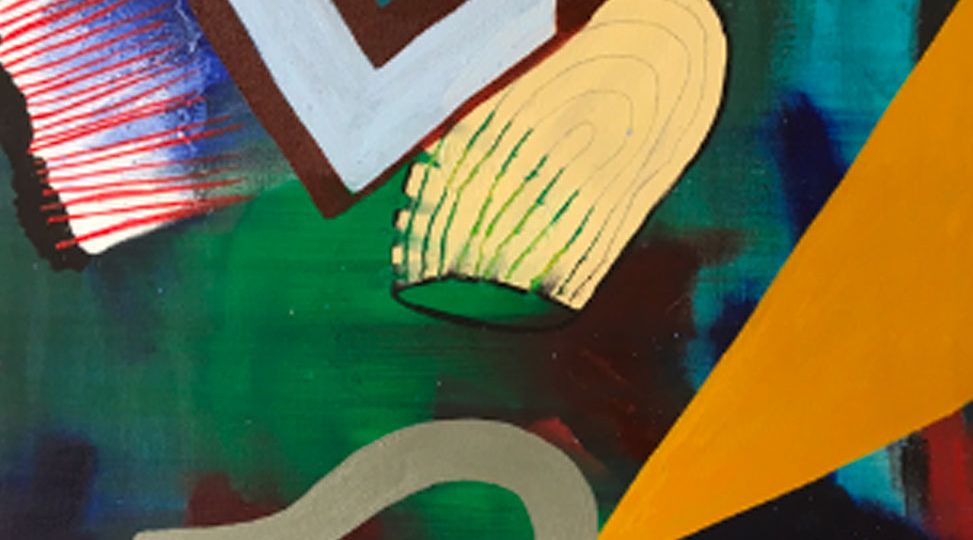
Dancing to Lunar Rhythms
Artemis as Spirit of the Wild – Escape Artist
Download or listen to this article
Gelareh Khoie, December 16, 2020

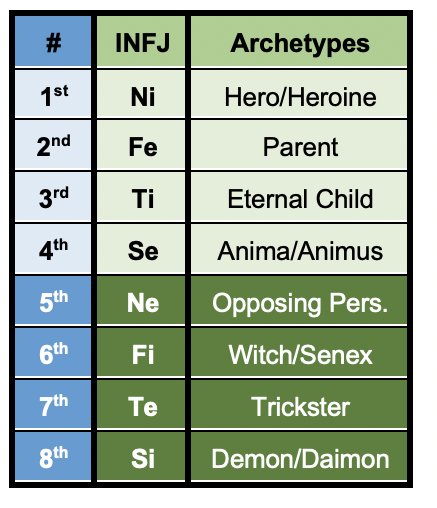
This story has fascinated me all my life, and I look to its inherent life-affirming mystery when, in dark moments of despair, I need a reassuring image of my true soul. In it, I see a resilient, focused, self-reliant, and weirdly powerful person who has neither a sense of her own smallness, nor a sense of danger in being alone, nor even a sense that anything can stop her from doing whatever she pleases. While I’ve pondered the theories of personality type laid out by Jung, John Beebe, and others, identifying the building blocks of personality type—processes, attitudes, and functions—and comparing these to my personal life experiences in order to discover a locus where personality type and everyday life events collide, I sense another guiding force at play. As I’ve become more familiar with the spine of my psychological functions, I’ve discovered that they express their unique influence through the tao of the Greek goddess Artemis—an archetypal propensity richly endowed with autonomous power, fierce agency, determined focus, profound self-sufficiency and capacity for self-care, and enormous ability to maintain a connection with the purity of a thalassic and lunar soul. The mysterious yet insistent influence of Artemis in the processional flow of my life, the immense power of this guiding myth, has carried me along to maturity of consciousness.
Artemis as Axis Mundi
The birth story of Artemis points immediately to her resilience, self-sufficiency, and profound relationship with the psyche, for she was born on the rugged, abandoned, rock-strewn island of Delos, “close to the watery depths of the sea, the unconscious” (Wikman, 2004, p. 124). Immediately after being born, Artemis, in turn, helped her mother give birth to the sun god, her twin brother Apollo, the mythical image personifying human consciousness. Jungian analyst and astrologer Monika Wikman argued that Artemis actually is the axis mundi since, besides possessing a throne covered in wolf skin deep in the wilderness, she also has one in the starry heavens, indicating that she spines the cosmic axis between heaven and earth. It is the duty of Artemis to tend to the centering force of the deep psyche. This is crucial, for as Wikman observed, “This duty as the guardian of the center of the world mirrors an inherent structure in the soul that lives in allegiance to an organizing principle beyond the sun” (pp. 125-126). In other words, Artemis is the relational link between the Self and the ego. She facilitates the birth of consciousness by maintaining the gravity of the center. As a goddess of the wilderness, she is also responsible for keeping the fecundity of the deep psyche intact so that its waters can regularly revitalize the soul.
Artemis is likewise a moon goddess and is linked with the yin principle—the elemental force giving rise to mysterious changes connected to instinct. She is the “far-seeing” goddess born with wolf eyes that can see in the dark, meaning that she is at home in the darkness of the unconscious. The dark, lunar, feminine principle of the unconscious is what generates the mysteries of rebirth, and Artemis is the instinctual provider of this force. She is “a vehicle for the soul,” one that “lives close to the wolf instinct that can track trails in the wilderness [Ni], sniff out and relate to what it encounters [Se/Fe], and take care of itself by instinctual inhabiting of that self [Si]” (Wikman, 2004, p. 125). The untouched wilderness of interiority is thus her domain, and her ability to guide us in explorations of this area within ourselves is considerable.
As the light and dark sides of the functions made their appearances in my life, Artemisian threads helped me cope with traumatic circumstances by continually providing a stream of life-affirming power. Indeed, the Artemis sensibility traveled in lockstep with my growing function maturity. Ultimately, as is her wont, Artemis helped me give birth to new consciousness by revealing the fecundity inherent in my wounds. For Artemis is the cool-headed and unsentimental realist who demands that we look at our true selves with unvarnished eyes and insists that we accept the darkness and the danger of the deep wilderness, the very darkness that gives life its richness.
The Miracle of Solitude
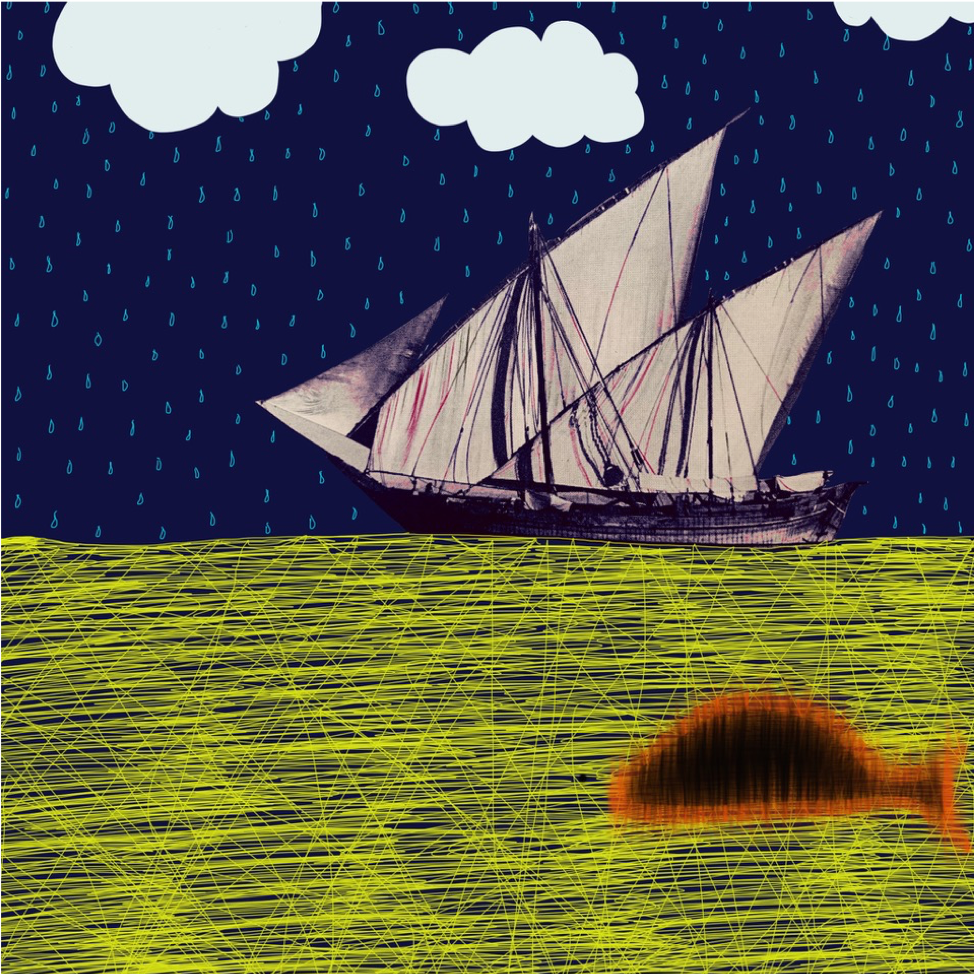
In my own life, this dynamic manifested in an overly idealistic attitude that saw the running of a business in terms of a fellowship of friends who all deserved to receive unsustainable amounts of money that did not accord with what reality deemed appropriate. In other words, I constantly gave away all my money. In my business life, I overexerted myself—financially, emotionally, psychologically—frequently agreeing to take on heavy financial obligations, making promises I often could not keep. I was therefore forced to retreat into long periods of hypochondriacal depressions which seemed to be my only escape route for avoiding the tyranny of my own unexamined and immature idealism. This is a behavioral pattern that Jung (1921/1971) called “a compulsion neurosis with hypochondriacal symptoms” (¶ 663), which occurs when “the unconscious goes over to the opposition” and the inferior function takes over completely. In my case, I have extraverted sensation in the inferior position, and I would wake up sick several times a month, and this allowed me to hide in my room for a few days, effectively rescuing me from my obligations.
Another side to this story, however, is how the ferocious and necessary solitude of an Artemisian spirit played a role in directing my energies toward self-care and spiritual regeneration. In a negative light, hiding away in my room for a few days at a time, avoiding the cares and responsibilities of my life, can seem very childish. But for an introverted intuitive type, solitude is a ritual of spiritual communion as necessary to our well-being as breathing air. Turning inward to the depths of the soul, where truth itself comes from, is not something to be discounted as unhealthy behavior. It is the pure, untouched virginity of the Ni function in touch with a god, with spiritual realms, with the deep psyche where transpersonal entities live, the wild, creative beasts of the Kore goddess’s world. As Safron Rossi argued, the moon goddess brings healing to the psyche by reorienting us to the lunar rhythms of the natural soul (personal communication, 2019). To be healthy, the psyche needs to have a relationship to untended wilderness, to the unconscious as it exists, unto-itself and untouched, beyond the sun-drenched realm of the Apollonian ego. In these times when I hid in my room “escaping reality” and pretending to be sick, I was often drawing, painting, writing, crying and grieving, wrestling with inner demons, and working through, even dancing with, dark memories.
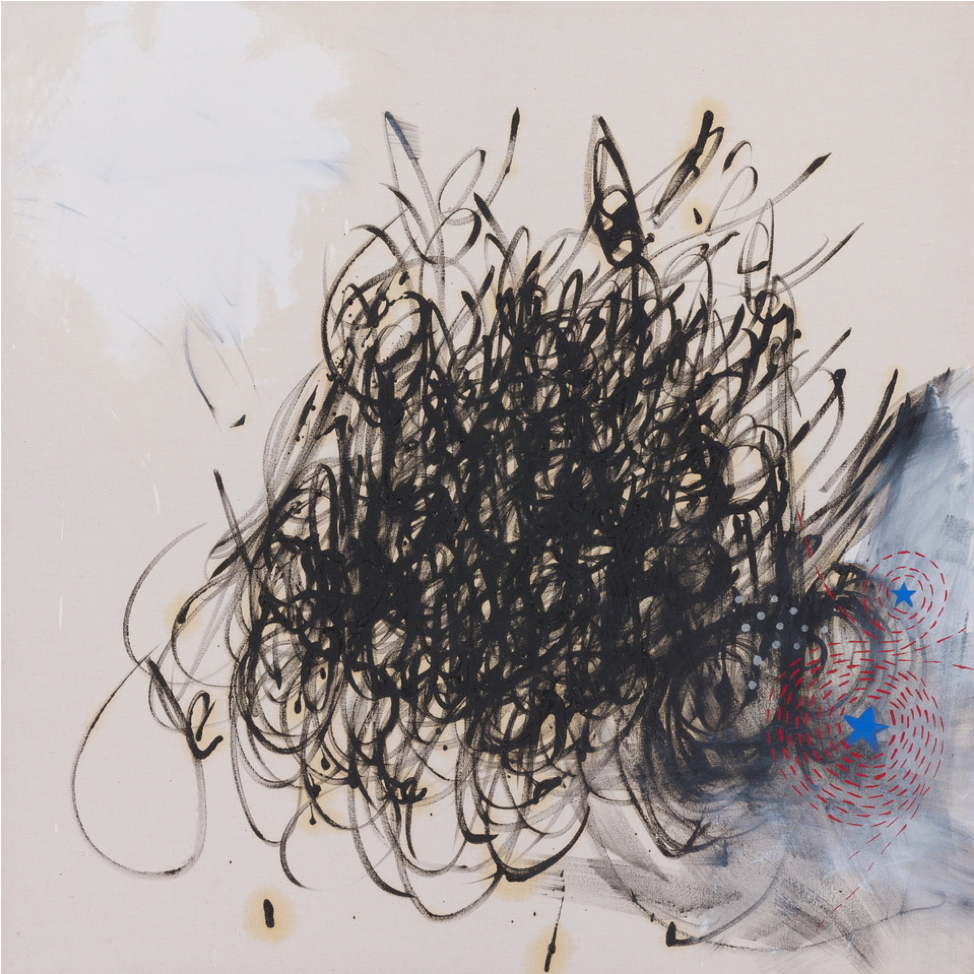
The Boxing Ring of the Psyche
Jung (1921-1971) explained that the psyche is an intrinsically compensatory system. The attitudes and functions compensate for one another in a continual process that seeks equilibrium. When the conscious attitude is too one-sided, the unconscious must compensate by dragging the psyche over to the other extreme. The trouble is that by the time the unconscious has achieved this feat, the compensation is invariably just as extreme as the original one-sidedness. In other words, it is problematic, neurotic, and even pathological. “It is an outstanding peculiarity of unconscious impulses,” wrote Jung, “that, when deprived of energy by lack of conscious recognition, they take on a destructive character” (¶ 574). He even imagined the relationship between overly developed opposing functions as a nonstop war.
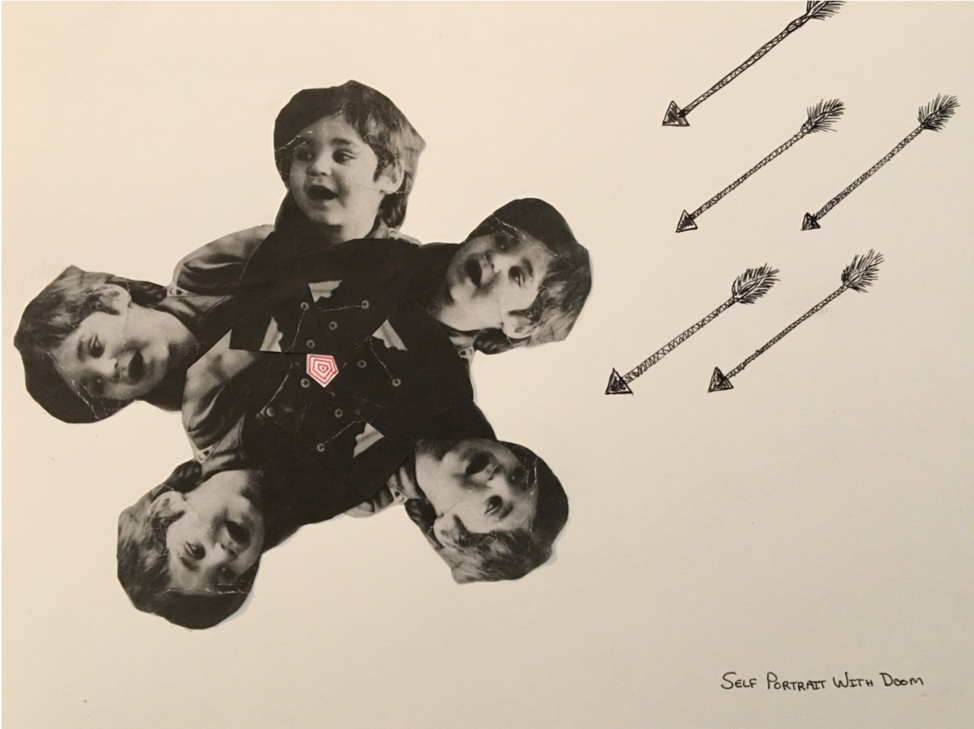
Extraverted sensation in the inferior position, riddled by unconscious self-destructive behavior, seems to jive well with the psychological world of a sexually abused woman. Beebe (2004) explained that “life presents problems that are already differentiated in such a way that only a particular function of consciousness can solve them” (p. 90), which means that, for example, in situations calling for meaningful and relational physical intimacy, one requires a relatively healthy sensation function. When the necessary function cannot operate properly, problems arise. When extraverted sensation is in the inferior position, it is already handicapped since it is so contaminated with the unconscious. Von Franz (1971) likened the psychological abilities of the inferior function to the idiot savant brother portrayed in fairytales, the one who is slow and archaic in his mental and physical movements but is also uncannily attuned to the magical elements of consciousness.
I had to reckon with not just the outer trauma inflicted upon me by the destructive masculine entities in my life, but also with my own tyrannical and domineering superior function (what Beebe has called the hero function), which failed to connect with the body and its sensations, failed to assist in any sort of healing process, and, instead, poured gasoline on the fire of a raging neurosis. For many years, I had an ongoing imaginal vision in which I would see my living self in a boxing ring with my demonic inner self who looked just like me but was far more powerful. This inner self was a monstrous bully who beat the living daylights out of me. She would also hurl insults at me—you are a loser, you won’t ever amount to anything—as I writhed and twisted around in pain. She would only stop beating me when I was good and ready to go straight to the hospital. I used to sense how this was the level of wounding I was living my life from. I would drag my bruised, broken, and bloodied self out of the boxing ring and then try to live my life from that state. The beatings were a daily occurrence, so healing was out of the question.
Beebe (2004) described a dream where a father is chasing his son around a dining room table wielding a butcher knife (p. 94). I had a similar dream when I was in my first year of college in San Francisco and working at a pizza shop on Powell Street, which is the famous street where the cable cars run. I had this dream on a recurring basis around the age of nineteen:
My father is chasing me down the middle of Powell Street waving a massive butcher knife, intent on killing me. I manage to run away from him and I hide in Blondie’s Pizza where I work, begging my colleagues to protect me. I am terrified.
Beebe (2004) believed that an older man looking to kill a younger one suggested an over-developed function bullying and threatening a “younger,” less-developed one (p. 95). He also acknowledged his feelings surrounding a highly critical father but recognized that the son in the dream did not resemble his waking self. I recall that I was generally fearless, adventurous, and in possession of great strength so that the running away and hiding would not have been my conscious reaction. In the dream, I escape into a world of extraverted feeling, the place of food and warmth where my friends work and where I feel loved and accepted. Blondie’s Pizza was a relational space where I felt connected and supported. Also, the place where I worked to earn my living (Blondie’s) gave me the means to facilitate the well-being and survival of my body. Going there was the way to escape deadly harm. This dream suggests that I have the resources to further develop my inferior extraverted sensation and find relief from the murderous tyranny of the superior function when it threatens the very existence of my healthy psychic life.
Riding the Wave of Tao
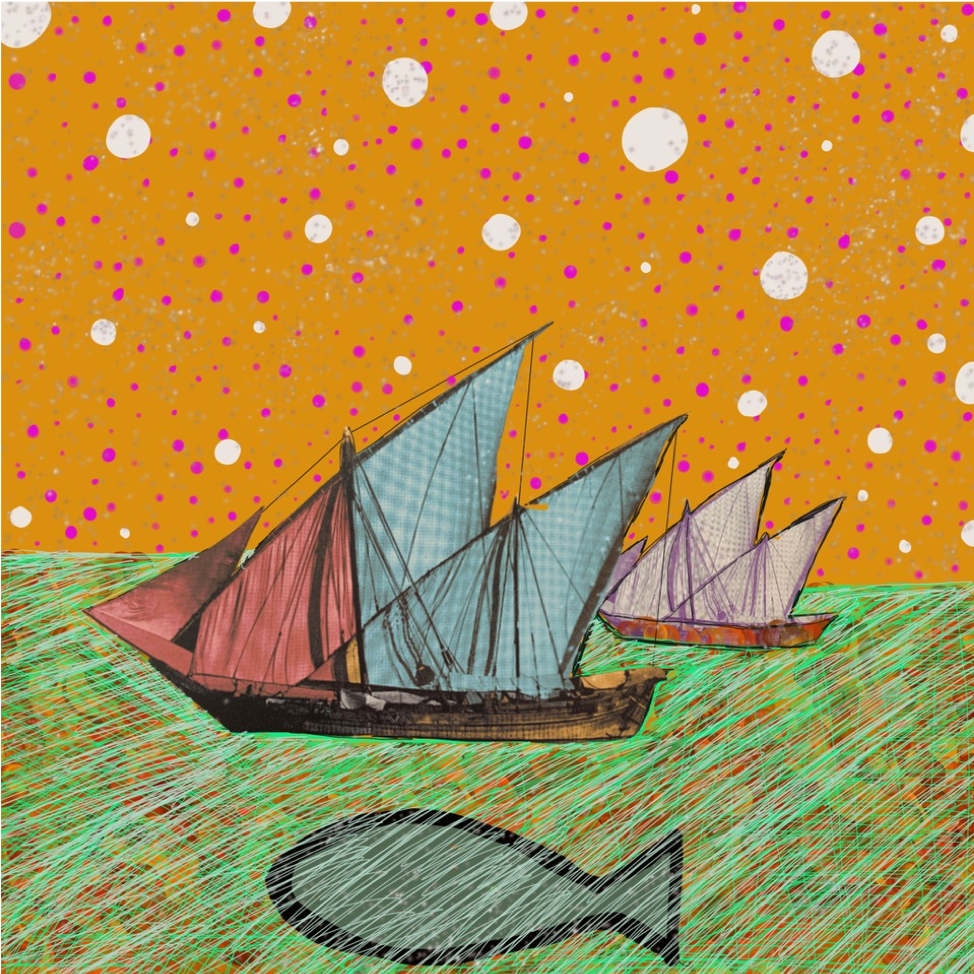
I developed my inferior function, albeit unconsciously, during my many years of creating a livelihood centered on beauty, art, music, dancing, and community building. The work that I did was also a form of goddess worship, for the art and music space I built and managed for ten years in Honolulu was above all dedicated to love, beauty, and the relationship between soul and daily life. Here is yet another example of Artemisian energy secretly directing my path toward growth, regeneration, and mature consciousness.
Artemis as Bridge to the Shadow
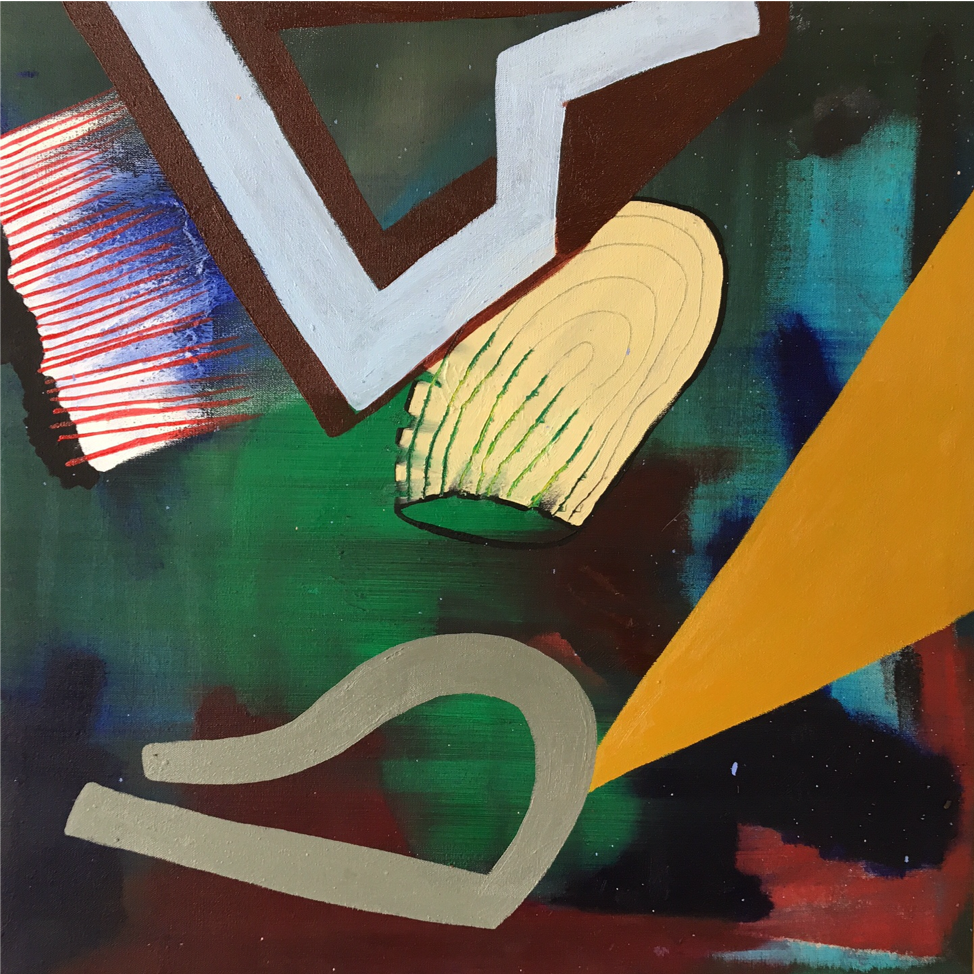
So long as a new possibility is in the offing, the [extraverted] intuitive is bound to it with the shackles of fate [emphasis added]. It is as though his whole life vanished in the new situation. … Neither reason nor feeling can restrain him or frighten him away from a new possibility. (¶ 613)
Extraverted intuition flies hither and thither in ecstatic glory only to abandon halfway what was new and exciting because it is no longer new. What was the newest possibility two moments ago now feels like a prison that prevents the individual from attaining the glories of the next newest thing which is just around the corner. In the opposing personality position, this function can manifest as indecision, a continual feeling of doubt about one’s direction in life (Shumate, in press), and a nonstop daydream about what may be a better option in contradistinction to what is actually being pursued.
In my case, I am besieged by escapist fantasies and ideas about what “to do” with my life, as if I am not already doing the very thing I am meant to be doing. Doubts gnaw at me, and they cause me to engage in long-winded fantasies that are often directly opposed to the work I am trying to do, work that will create stability and welfare in my physical life. In other words, I am constantly compelled (inwardly) to pick up and go to some other place where I will engage in some other activity that will satisfy me more. My current fantasy, for example, entails moving to Scotland, buying a pub, and settling down. Always, settling down is the promise that will excuse the terrifying, destabilizing uprootedness required by the fantasy. The experience is very much like enduring the pull of some gravitational force field that wants to destroy me. Recently, it became apparent to me that I had been functioning under a spell or a curse that I could not consciously identify but that I associated with my father’s destructive influence in my psychic life. I reasoned that since my life has been so riddled with dysfunction and instability, I now believe (irrationally) that instability is the correct foundation for life, and when things achieve a state of normalcy, it is time to set it all on fire and escape to the next phase. This trickster logic ensures that stability can never gain a foothold in my life.
In the seventh position, INFJ’s have extraverted thinking (Te). This position is represented by the trickster archetype, where Te generally engages in all sorts of psychological skullduggery. Shumate explained how extraverted thinking in the trickster position can “enjoy tying others in a knot with their own logic” (p. 20), and I feel that I can locate a very mischievous, rebellious, and wickedly smart creature in this location, a creature who, despite being very clever, is often also finding himself bitterly regretting what he has done. For example, using my dominant Ni and auxiliary Fe in conjunction with Te, I can often immediately perceive when someone is lying or hiding something embarrassing. Under less mature conditions when I was unable to control myself, I would often point this out publicly and shame the person. Afterwards, I would feel awful, perhaps judged by my introverted feeling (Fi) witch to be a very nasty person indeed. For years and years I lived with this trickster who would purposely hurt people and expose their weaknesses, and then I would retreat to my creepy inner world and savagely punish myself, confirming Shumate’s assertion that the trickster Te “may find that competing with others produces counter-intentional results” (in press).
The dark twin who beat me up in my visions is a demonic version of myself who wields the world of my negative memories against me in a fashion that feels truly evil. In the demonic position, introverted sensation can cause one to continually relive the negative memories of one’s personal past (Shumate, in press). Jung (1921/1971) explained that introverted sensation “is mainly restricted to the perception of the phenomena of innervation and is … arrested by the peculiar nature of the disturbance of innervation, perceiving all its qualities, its intensity, its course, how it arose and how it passed” (¶ 656). In other words, introverted sensation gets lost in the inner apprehension of sensate phenomena and relives it over and over, never moving forward into the logical next step, which would be to discover where the sensation came from. Another way Si in the demonic position shows up is in a continual disregard for “financial and/or bodily health” (Shumate, in press). In my attempts to establish a stable life and a method for earning a living, I have often felt as though I am battling some demonic urge to destroy myself. These observations fall perfectly in line with Beebe’s conclusion that “the demonic personality … is that part of ourselves that operates in the shadow to undermine others and ourselves” (2004, p. 109). However, the presence of Artemis as a guiding myth in my life achieves a daimonic quality, helping me to bring faith and strong capacity for self-care to the forefront of consciousness. As the serious-minded, far-seeing goddess who demands truthful self-reliance achieved only through arduous and honest work, she is actually more powerful and more terrible than other shadow images. It is this power of genuine unflinching self-reflection that ultimately turns a demon into a daimon.
Dancing to Wholeness
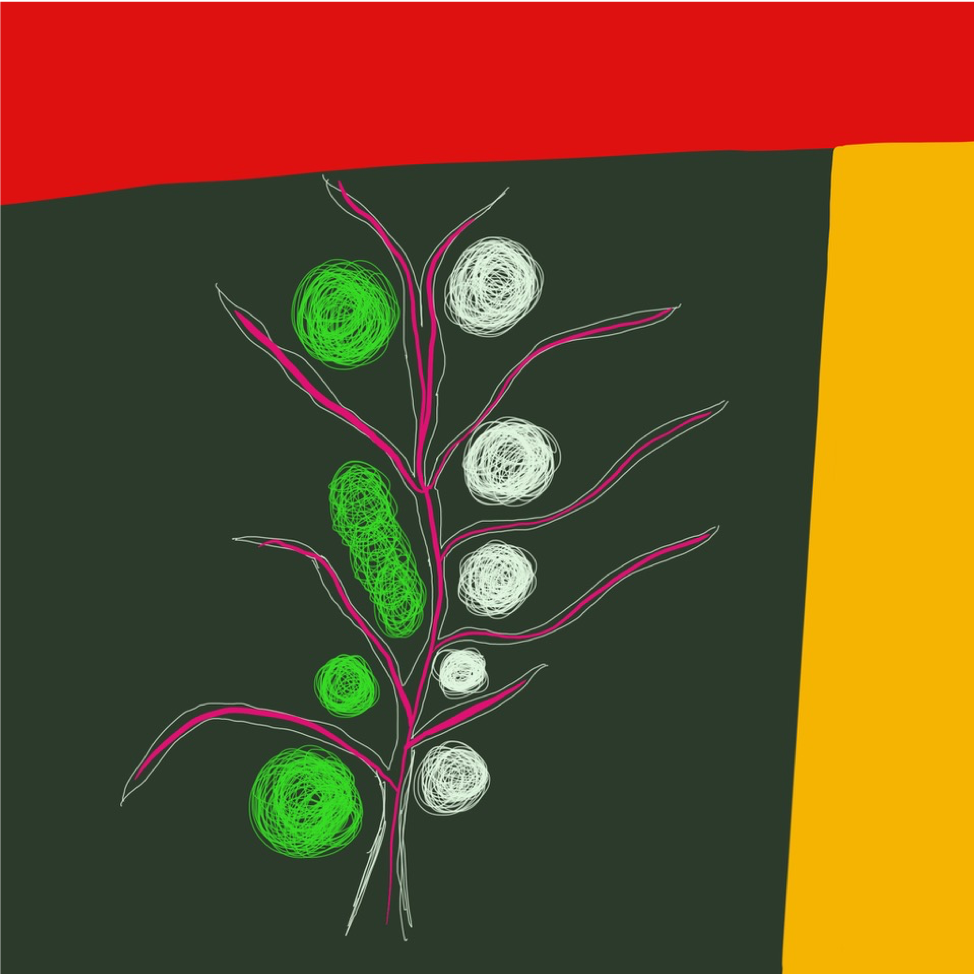
What seems clear is that my life has been a dance between various influences deriving from the unique modulations of the type functions and their inherent connection to the archetypal realm of the deep psyche. But what also seems clear is that these functions in my case adhered to a very specific mythical image which brought to my life a secret power and a fierce determination to achieve deeper states of consciousness, despite the presence of what, at times, appear as circumstances that sought to destroy any such possibility. After all, safe deliverance, safe birth of new consciousness, is never a guarantee. The pain and the danger associated with this delivery process can also kill. It is exciting to note that it is Artemis, once again, who tends to this death, making it swift and painless for both mother and child. In other words, Artemis helps us to die swiftly and painlessly to what is no longer needed. Her far-seeing wolf eyes penetrate into the depths of darkness, and her swift, sure arrows penetrate directly into the heart of superfluous psychological material so that the health and hygiene of the psychic sphere can be maintained.
References
Beebe, J. (2004). Understanding consciousness through the theory of psychological types. In J. Cambray, & L. Carter (Eds.), Analytical psychology: Contemporary perspectives in Jungian analysis (pp. 83-115). Brunner-Routledge.
Beebe, J. (2005). Evolving the eight-function model. Association for Psychological Types Bulletin, Winter, 2005, 34-39. (Reprint 2006, Australian Psychological Type Review 8(1), 39-43.
Beebe, J. (2006). Psychological types. In R. Papadopoulos (Ed.), The handbook of Jungian psychology: Theory, practice, and applications (pp. 130-141). Routledge.
Downing, C. (1992). The goddess. Crossroad Publications.
Haas, L., & Hunziker, M. (2011). Building blocks of personality type: A guide to using the eight-process model of personality type. TypeLabs.
Jung, C. G. (1976). Psychological types (R. F. C. Hull, Trans.). In H. Read et al. (Eds.), The collected works of C. G. Jung (Vol. 6.). Princeton University Press. (Original work published 1921)
Myers, I. B. with Myers, P. B. (1995). Gifts differing: Understanding personality type. CPP. (Original work published in 1980)
Sharp, D. (1987). Personality types: Jung’s model of typology. Inner City Books.
Shumate, C. (in press). Projection and personality development via the eight-function model. Routledge.
von Franz, M.-L. (1971). The inferior function. In M.-L. von Franz, & J. Hillman (Eds.), Lectures on Jung’s typology (pp. 1-72). Spring Publications.
Wikman, M. (2004). Pregnant darkness. Alchemy and the rebirth of consciousness. Nicolas-Hays.
Images
Original artwork by the author, Gelareh Khoie.


